Apparata Architects moves up to second place as Sergison Bates loses joint-favourite status
With exactly one month to go until the winner of the RIBA Stirling Prize 2023 is announced, Mæ has consolidated its lead in betting on the six-strong shortlist, according to bookmaker William Hill.
Mæ’s John Morden Centre in Blackheath was joint favourite with Sergison Bates Architects’ Lavender Hill Courtyard Housing in Clapham on the day the finalists vying for the highest accolade in UK architecture were announced. At the time, both practices’ projects had odds of 3/1.
Nearly two weeks later William Hill has Mæ at 7/4 and most closely trailed by Apparata Architects’ A House for Artists in Barking at 7/2 – a considerable move up the field for the Stirling first-timers who started at 5/1.
Feilden Clegg Bradley Studios, which shared 2008’s Stirling Prize with Alison Brooks Architects and Maccreanor Lavington, remains at 4/1 with its University of Warwick Faculty of Arts.
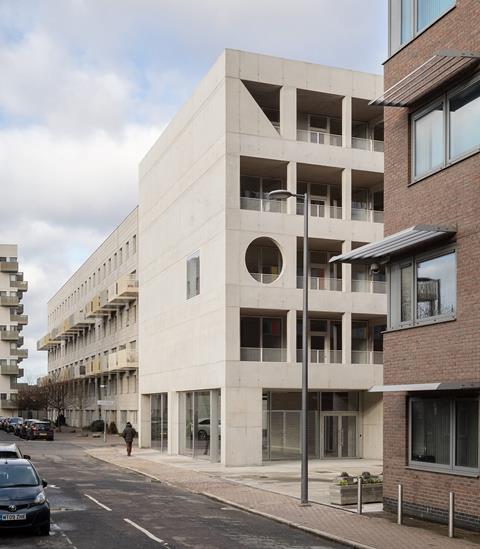
Tied at 5/1 are Sergison Bates and 2013 Stirling Prize winner Witherford Watson Mann Architects, with its Courtauld Connects project.
As betting currently stands, Adam Khan Architects’ Central Somers Town Community Facilities and Housing trails the pack at 6/1.
The winner of the Stirling Prize 2023 is due to be announced at a ceremony in Manchester on 19 October.
RIBA Stirling Prize Shortlist 2023
:: A House for Artists by Apparata Architects (Barking, London)
Flexible live/work space for 12 artists. In exchange for reduced rent, they deliver free creative programmes for the neighbourhood through a street-facing, glass-walled community hall and outdoor exhibition space.
:: Central Somers Town Community Facilities and Housing by Adam Khan Architects (Camden, London)
Part of a larger masterplan, this project includes a flexible community children’s facility, adventure playground and several homes for social rent.
:: Courtauld Connects – The Courtauld Institute of Art by Witherford Watson Mann Architects (London)
Part of a multi-phase project that aims to open up the institution both physically and culturally. This phase includes the reworking of the entrance, a beautiful new stair down to basement visitor facilities; and re-levelling and opening up the 18th century vaults.
:: John Morden Centre by Mæ (Greenwich, London)
Day centre for a later-living residential charity. The timber and brick building includes a medical centre, café, lounges and offices. A meandering timber spine forms an enclosed forest-like walkway stitching together a series of brick pavilions, expertly combining recreational and more tricky medical facilities without feeling institutional.
:: Lavender Hill Courtyard Housing by Sergison Bates Architects (Clapham, London)
Tucked away down a timber-lined passageway, barely visible at the end of a Clapham mews, Lavender Hill Courtyard has redeveloped a former sheet-metal workshop into nine apartments, arranged around a courtyard space and a timber-decked terrace on the first floor.
:: University of Warwick – Faculty of Arts, Feilden Clegg Bradley Studios (Coventry)
A new building that brings together the departments and schools of the arts faculty under a single roof for the first time. Four pavilion buildings are connected by a feature staircase, inspired by the structure of a tree, that organically grows through the central atrium space, each branch helping to demarcate various communal spaces to encourage cross-disciplinary collaboration. At the base of the stair it splays to form an amphitheatre.









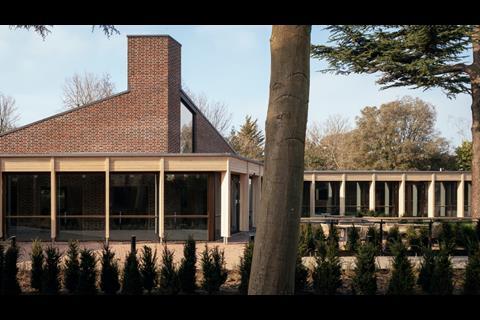
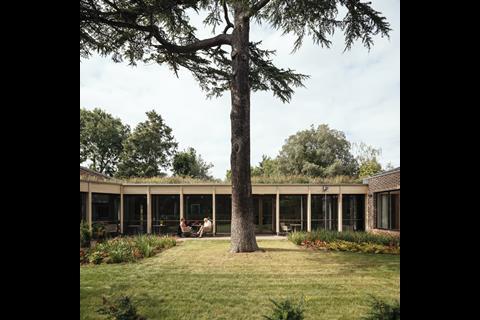
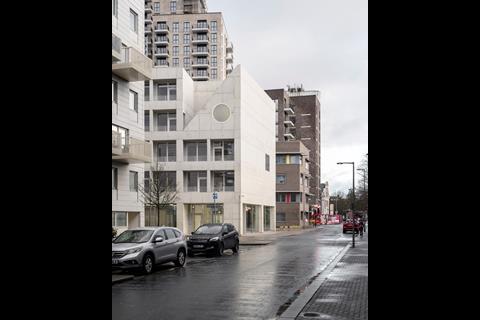

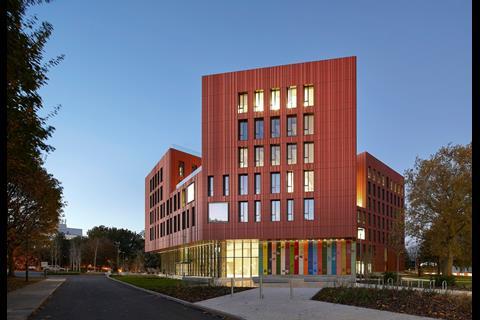
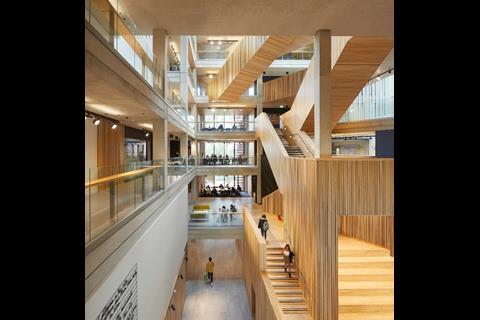
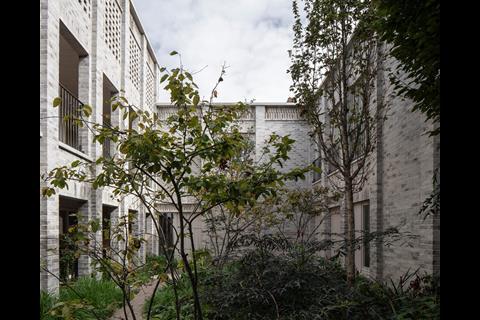

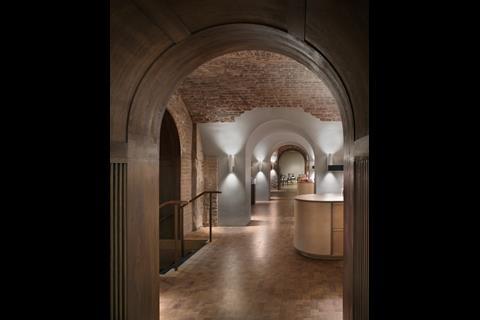
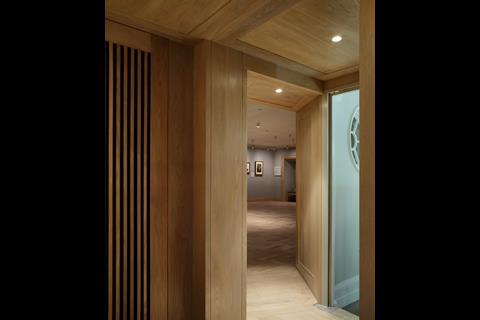
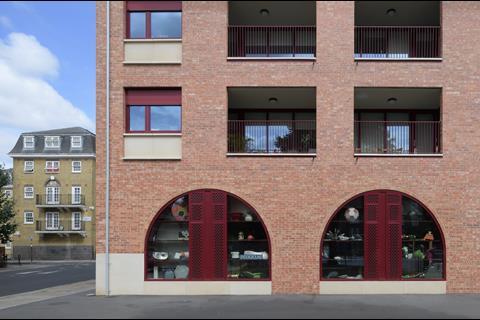
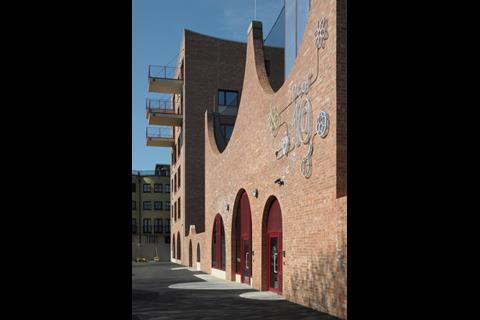







No comments yet